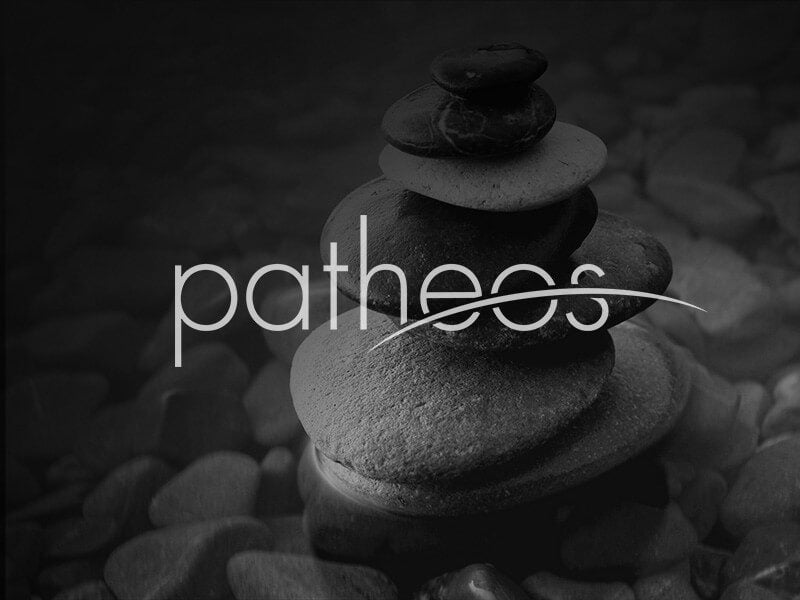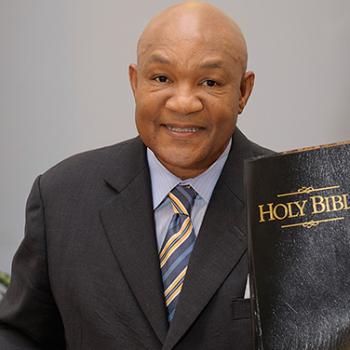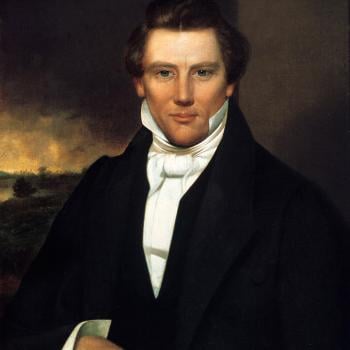Commentators often resort to some embarrassing expedients in trying to explain the bodily imagery of the Song of Songs. The assumption is that the images are mainly visual. Breasts are like fawns grazing among the lilies? Well, the fawns must be bent over, their backs rounded and their little tails sticking erect like nipples. Exum wisely demurs. The point is not to describe either lover visually but “to convey to the reader the emotions the speaker experiences upon beholding the... Read more



















